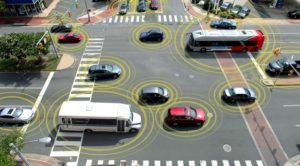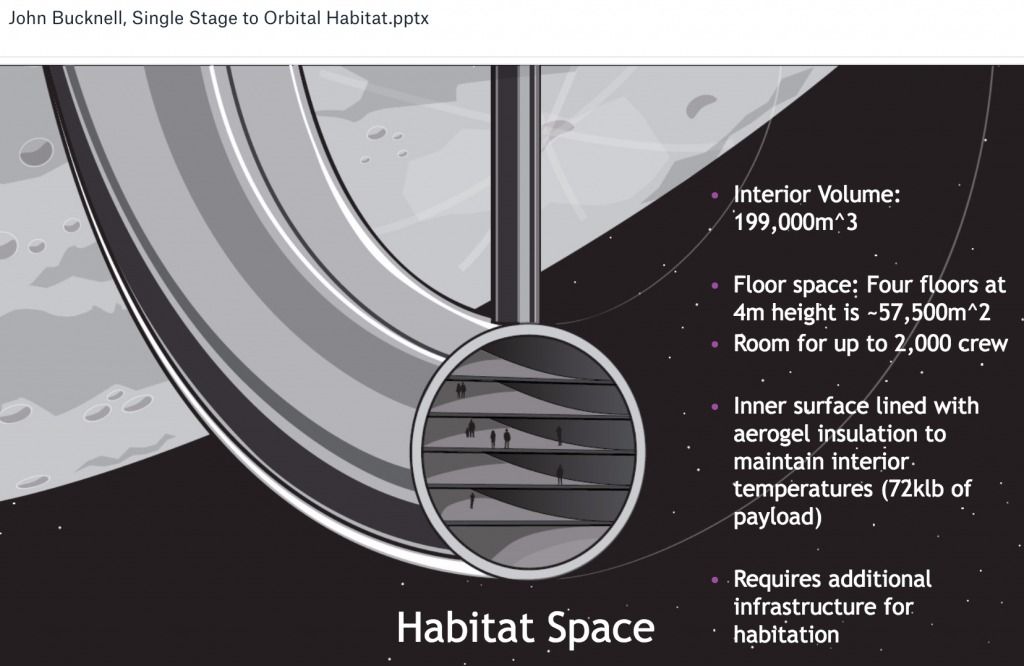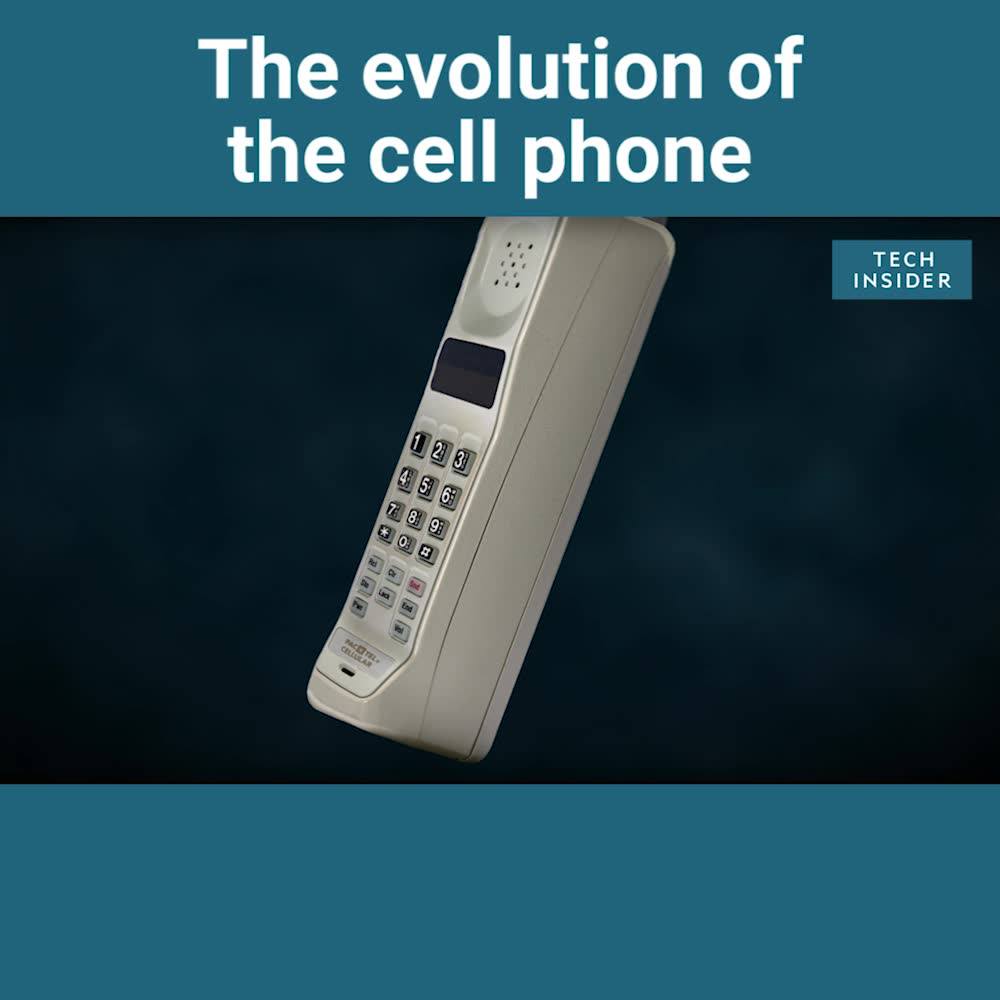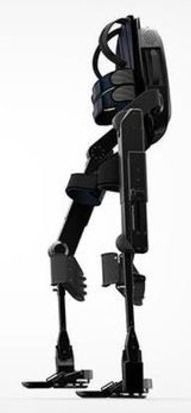A Future Scenario by Shubham Sawant
Las Vegas: February 10, 2027
I woke up with the pleasing sound of alarm followed by a sweet voice came, “Good morning. It’s 7:00 am. You have reached at MGM, Las Vegas.” I was sound asleep for the last 8 hours in my car while it was driving me from San Francisco to Las Vegas. I got out with my luggage and the car zoomed away to pick-up another passenger.  Everything has changed in the last 10 years. It is like a dream come true scenario for motorist. The roads are super clean with no honking, no speeding tickets, no angry words or smoke. Every vehicle on the road is communicating with every other vehicle and the traffic is always moving in complete synchronization.
Everything has changed in the last 10 years. It is like a dream come true scenario for motorist. The roads are super clean with no honking, no speeding tickets, no angry words or smoke. Every vehicle on the road is communicating with every other vehicle and the traffic is always moving in complete synchronization.
The biggest change happed in last few years is people stopped buying cars. Big companies established their network of taxi services. With the push of a button on cell phone the car arrives wherever you are. The technology is so advanced that the car nearest to you finds your request. You enter the destination and the algorithm works to find the fastest most economical path to your destination and you are on your way.
Most of the parking spaces are gone under restructuring. People have converted their parking garages into recreational rooms or extra bedrooms or what not. The entire look and feel of cities has gone under transformation. The accident rates are almost negligible and car insurance industry is almost brink of extinction. Similarly oil industry stocks are at the bottom and renewable energy is booming. The science fiction has become reality.
Shubham Sawant is a Junior at the University of Houston as a Mechanical Engineering Technology Major. This scenario was part of a project he completed for the course TECH 1313-Impact of Modern Technology on Society.
Shubham says: “I have been very fascinated with the future and how it will be like. Every year, new and new people come up with amazing ideas and products that help us further think about how the future will be. I love to read and I almost always try to read anything that relates to the future. Since I was 4, I have grown to love automotive culture. You will see me talking about cars in a conversation. I love sports like soccer, swimming and cycling. I plan to work in the automotive industry and hopefully get a career to design and manufacture automobiles!”






 Everything has changed in the last 10 years. It is like a dream come true scenario for motorist. The roads are super clean with no honking, no speeding tickets, no angry words or smoke. Every vehicle on the road is communicating with every other vehicle and the traffic is always moving in complete synchronization.
Everything has changed in the last 10 years. It is like a dream come true scenario for motorist. The roads are super clean with no honking, no speeding tickets, no angry words or smoke. Every vehicle on the road is communicating with every other vehicle and the traffic is always moving in complete synchronization.









